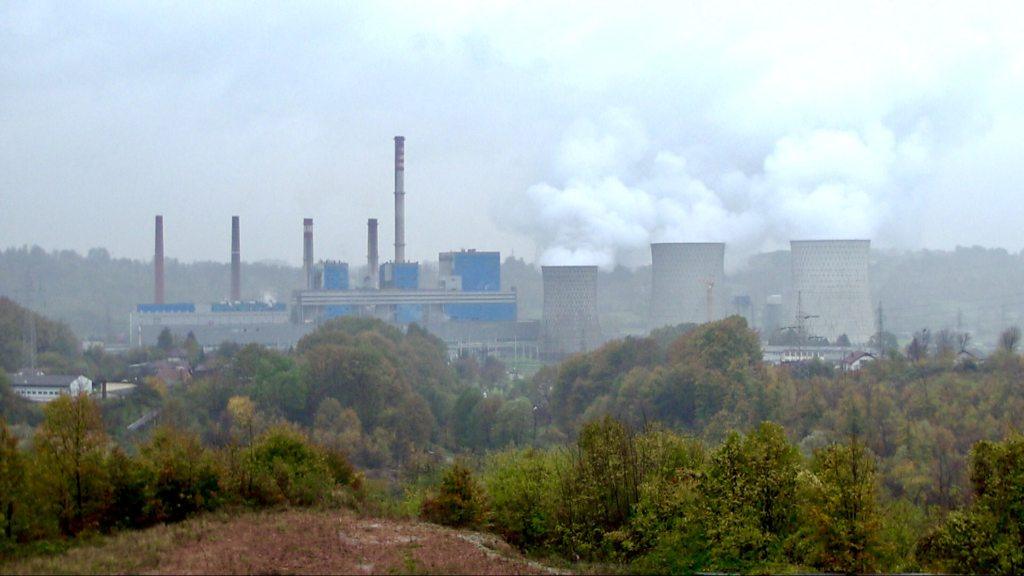Air pollution: Half a million early deaths in Europe despite progress
- Published

Air pollution is said to be the main cause for premature deaths across Europe
Air pollution causes almost 500,000 premature deaths in Europe every year, the European Environment Agency (EEA) has warned.
Its report said pollution levels were slowly improving in EU countries but remained far higher than EU and World Health Organization (WHO) standards.
Air pollution is the main cause of premature death in 41 European nations and remains "too high", the EEA said.
The findings are based on 2015 data from more than 2,500 sites.
"Air pollution is an invisible killer and we need to step up our efforts to address the causes," said the head of the agency, Hans Bruyninckx.
The air quality report, external comes weeks after an EU watchdog said most of the 28 EU states failed to meet the bloc's air quality targets.
It had warned the toll on health was worse in eastern European countries than China and India.
How bad is it?
About 422,000 people died prematurely in European countries in 2015 due to exposure to harmful levels of fine particle matter (PM2.5).
These particles are too small to see or smell but have a devastating effect - causing or aggravating heart disease, asthma and lung cancer.
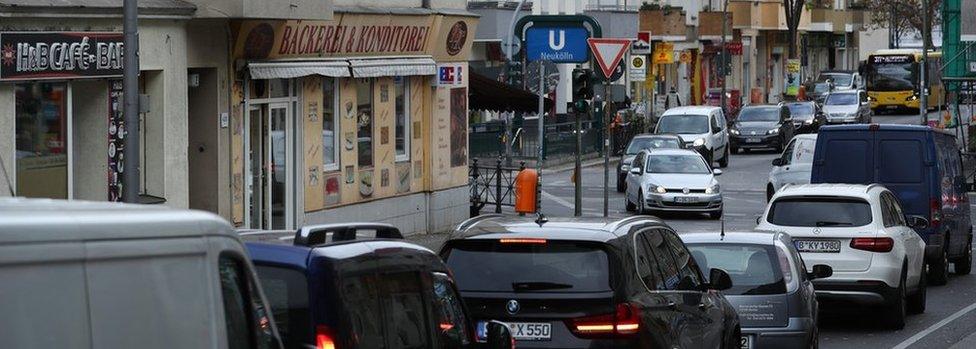
This Berlin street has the worst air quality of any street in Germany, according to a recent report
The air quality report also found that the toxic gas nitrogen dioxide (NO2) - related to vehicles and central boilers - could be attributed to 79,000 premature deaths.
Ground-level ozone (O3) is also killing an estimated 17,700 people prematurely across European nations.
Unlike the protective ozone layer in the stratosphere, ground-level ozone is harmful, formed when emissions like NO2 react with other pollutants and "cook" in heat or sunlight.
What is causing this?
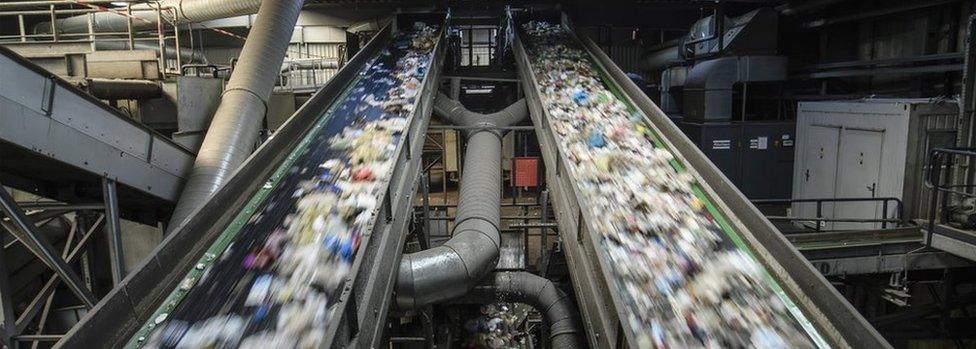
Waste management is one of the main creators of air pollution
The main sources of air pollution according to the report remain:
fuel-consuming forms of transport
energy production and distribution
commercial and institutional buildings, and homes
industry
agriculture
waste management
So no progress then?
The EEA said a wider assessment included in the report had found that early deaths each year due to PM2.5 had been cut "by about half a million" since 1990.
This reduction was due to European air quality policies and local measures "which have led, for example, to cleaner cars, industry and energy production".
In 2015, concentrations of PM2.5 were slightly lower than the previous year, while the levels of NO2 and O3 were higher.
Regions with the worst levels of PM2.5 remained eastern European countries like Bulgaria, Poland and Slovakia. Other European countries above the target exposure are Croatia, Serbia, Albania and Bosnia.
The southern European country of Macedonia measured the worst of all countries, with more than a third higher PM2.5 levels as the next country.
- Published24 October 2018
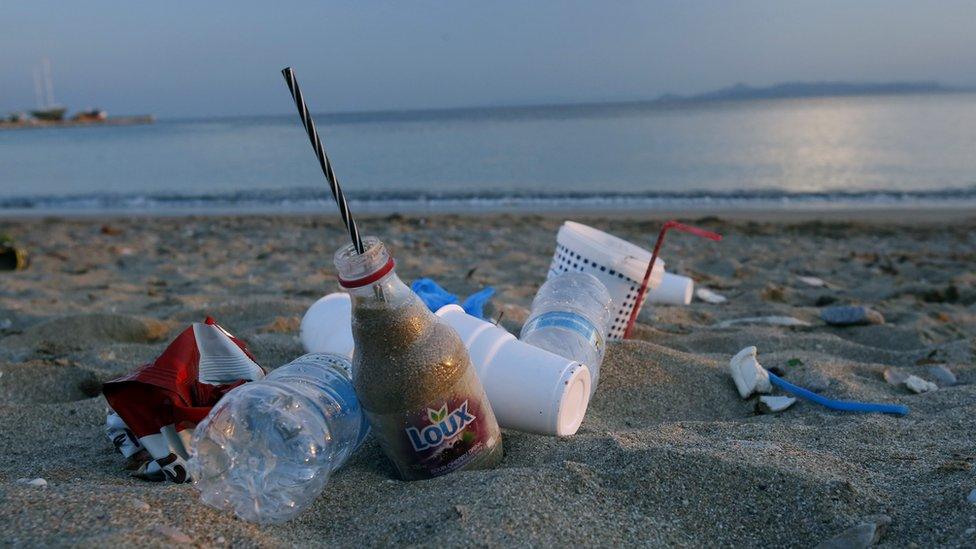
- Published18 October 2018
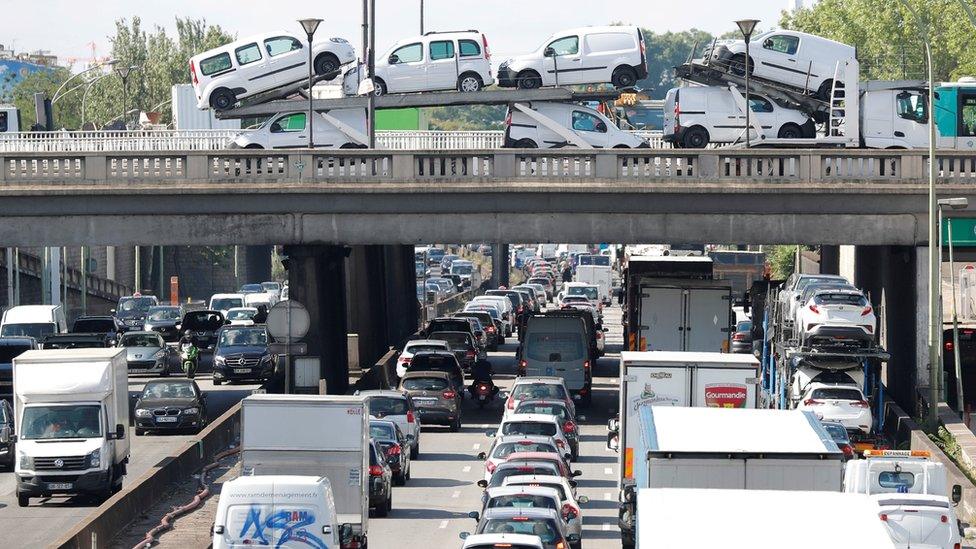
- Published25 July 2018

- Published11 July 2018
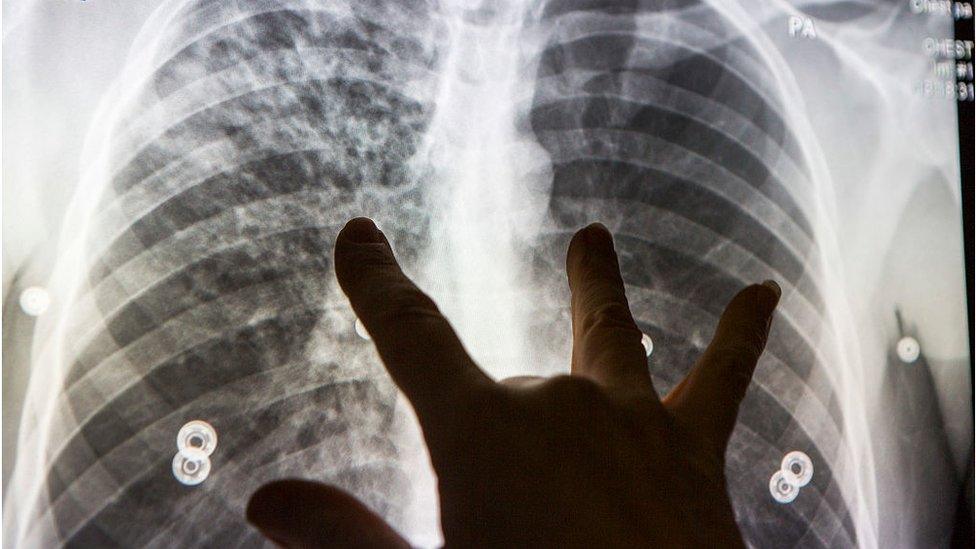
- Published28 June 2018
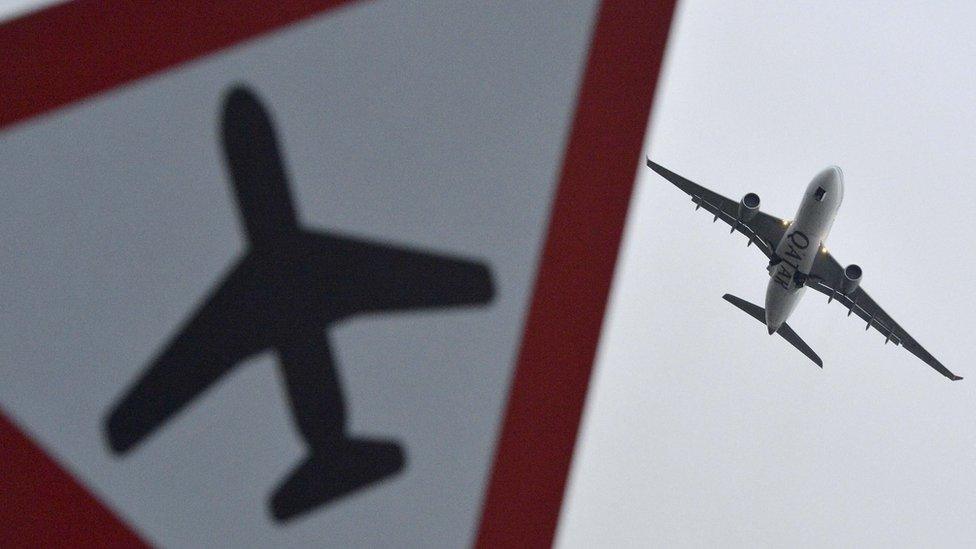
- Published17 May 2018
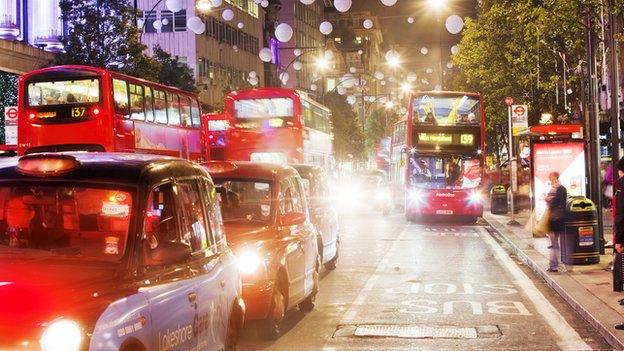
- Published19 November 2017
